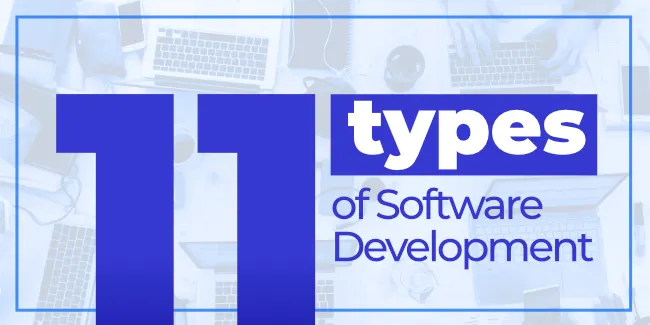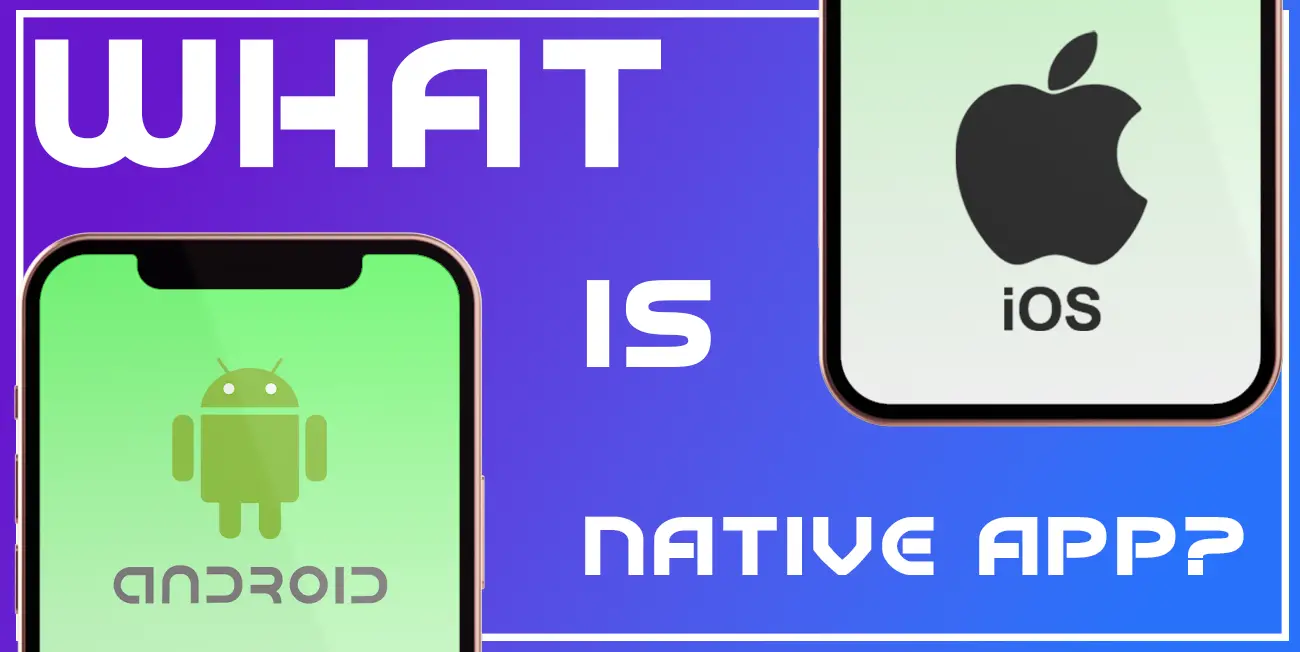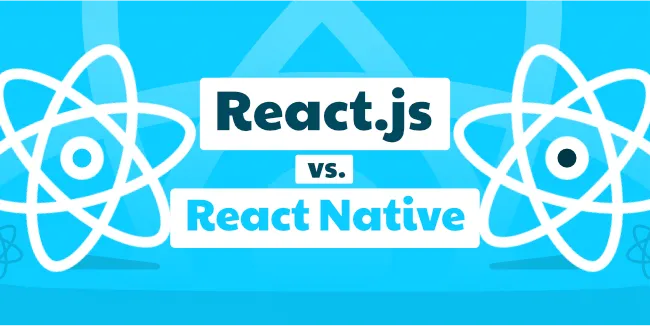Building an application is a very complicated and time-consuming process. Depending on what application you want to build, it may take several months or even years.
The time in which the application will be created consists of many factors, which we will explain in more detail in this article. We will also present the app development process and information on each stage’s length.
If you are wondering how long does it take to make an app, keep reading!
App development process and timeline
Both mobile app development and web app development are processes that consist of many stages. Below we present the approximate development process of a standard application.
Planning stage | 2-3 weeks
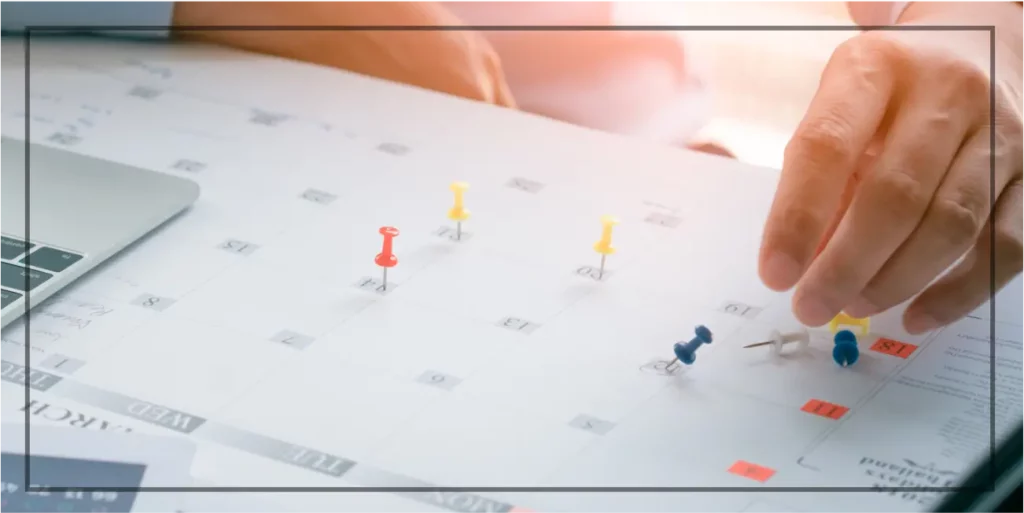
The planning stage is the first stage of creating any app, be it a web app or a mobile app. This is when you determine the goals and objectives of your app, as well as its features.
You also need to research your target audience and competitors. This stage usually takes 1-2 weeks. Some companies conduct workshops that can be called “discovery.” The goal of such a workshop is typically to grasp the whole idea of an app and prepare foundations for the whole development process.
Steps of the planning stage
Setting requirements & objectives
Before starting the development of an application, it is important to understand its purpose clearly. This can be done by setting specific requirements and objectives for your app.
This will help you determine the features that need to be included in the app. It is also important to research your target audience and competitors. This will give you an idea of what needs to be included in your app to make it successful. Speaking of success, you will also have to come up with success metrics. This step takes a couple of days.
Coming up with UX design
The UX design stage can begin when the features are all figured out, and you know your target audience and competitors. This step aims to create user journeys, user stories, and user maps, which at a later stage will become the basis for building a lo-fi mockup.
UX design is responsible for making the application’s structure user-friendly and adapted to the end user. This step will take around a week.
Creating lo-fi mockups
Based on the structure created within UX design, it will be possible to start creating lo-fi mockups. This will give you a more visual idea of the application and how it will look.
Creating mockups can take several days or even weeks, depending on the project’s complexity.
Choosing tech stack
For the project to go to the next phase, there is one very important issue – the choice of the tech stack. There are many frameworks and programming languages on the market where the application can be developed, and each solution has its advantages and disadvantages.
Therefore, at the end of the planning stage, when we already know the outline of the application, we can choose the technology that best suits this project. This step may also take several days.
Design stage | 1-3 months
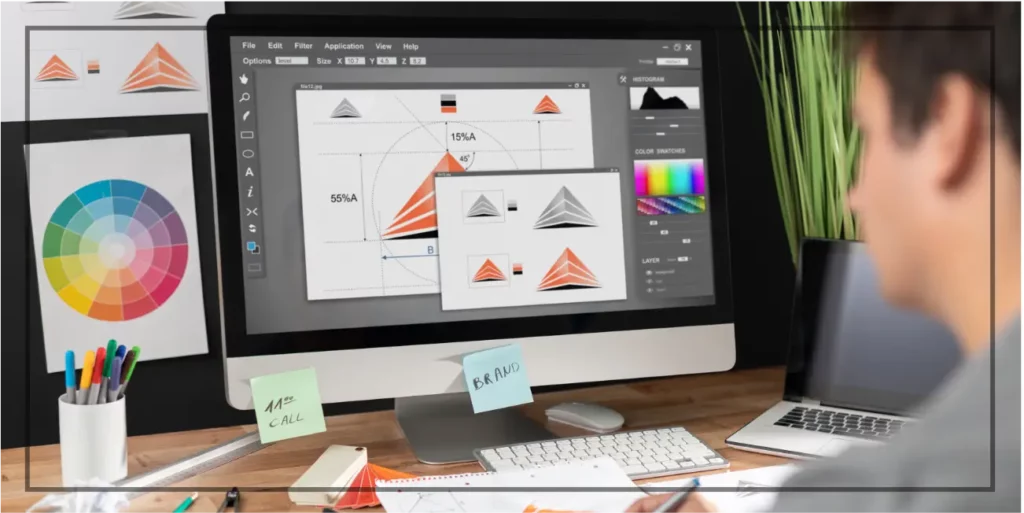
The design stage is the next step after the planning stage. Its goal is to iterate on the UI/UX design and refine it. Usually, it’s done by the product designers in cooperation with UI/UX designers.
This stage may take 1-3 months. The end result of this stage is a blueprint on which developers can start adding code.
Steps of the design stage
Creation of User Interface
The user interface is the entire layer visible to the user. As part of this step, the entire application design will be created. All buttons, sliders, graphics, illustrations, graphic styles, or layouts will be created in this step.
As most of us are visual learners, the elements produced during UI design must be of the highest quality, which is why this step takes from several weeks to several months.
Refining User Experience
This step aims to ensure that the user interface created in the previous step is easy and pleasant to use. In this stage, the focus is on refining the UI so that users can intuitively understand how the app works and can perform all the necessary actions easily.
This stage may take a couple of weeks.
Creation of prototype
A prototype is also created in the design stage. Once you have all the graphic elements and refined UX structure, you can start prototyping! A prototype is a clickable and more complicated version of a lo-fi mockup from the planning stage.
The whole goal of a prototype is to check whether the created UX/UI design and implemented functionalities align with end customer needs. Creating a clickable prototype and acquiring feedback from users takes around 2 weeks.
Development stage | 2 – ? months

The development stage is where the actual coding happens. The team of developers builds the application according to the designs and prototypes created in the previous stage.
This process usually takes 2-4 months for a simple application and up to 6 or more months for a complex one.
Steps of the development stage
Backend development
The backend is responsible for the whole logical structure of an app that is not visible to the end user. It should be developed with the best quality in mind, as it is the backend job task to keep the app secure and performant.
The backend is frequently referred to as the server-side of an app, and it is 100% correct, as the backend communicates with the server of an app and does all the operations that the user started by clicking on the frontend element of an app.
Frontend development
The frontend is the portion of the stack that the user sees. It begins with the app’s look and interface and then continues with its functions’ development. The front end, sometimes known as the client side, is concerned with design. In other words, it’s focused on aesthetics.
Teams that work on front-end development use tools like HTML, CSS, and JavaScript to shape the visual experience of an app. The goal is to ensure that users have a positive experience when they open an app that keeps them coming back.
Front-end app developers also need to be aware of the user experience (UX) and how it impacts the overall design of an app. A great front-end developer will consider all of these factors to create an app that looks good and works well.
Testing & QA
After the code is ready, it must be tested on various devices and in different conditions to ensure it works correctly and has no bugs. Depending on the app’s complexity, the testing and detailed reviewing process can take several weeks to a month or more.
Additionally, you can divide this phase into smaller ones by conducting alpha, beta testing, etc.
Factors influencing timeline
So we now know how much time every phase of software development takes, but what influences the development timeline most? We picked four such factors, which you can read about below!
Requirements

Requirements are features, functionalities, processes, and integrations of your software needs. Creating a detailed requirements document is crucial for any project’s success since it sets the scope of work and establishes clear expectations between you and the development team.
The more complex the requirements, the longer it will take to develop the software. Therefore, if you want to shorten the development timeline, make sure to keep the requirements as simple and straightforward as possible.
However, if your app needs to have a long requirement document, then just brace for a long development time.
Features

This one is pretty straightforward. The more features, the more time it will actually take to develop your application. You already know what a typical development process looks like, so you should not be surprised that each added feature is additional time that must be spent on designing it, creating a design, implementing it in the backend and frontend code, and testing whether it works.
Therefore, if you care about time, it is worth considering whether to create an MVP version of your application, which will only have core features that are necessary for the application to function, and you will add all the rest of the features as part of updates or new versions of the application.
The seniority of your team

The team working on your application is another very important aspect that can significantly affect the development time. If you choose an in-house team, first, you will have to recruit and train your employees, which takes a lot of time, especially now when it is not easy to find a good developer.
If you choose an external mobile development company, you will not be able to control your team fully, so if you find a dishonest partner, you can waste a lot of time. However, external companies rather care about their image and do not allow situations in which the project is artificially extended. Choosing an external company also relieves you of the need to recruit your own employees.
Another aspect of the team is the seniority of people who will work on your project. Of course, seniors will do it the fastest, but they cost respectively more than mid or seniors. Therefore, you have to make your own decisions and decide whether time or money is more important to you.
Type of solution

We left the most important factor influencing development time for the end. This is, of course, what type of application you are building. There are as many as 11 types of software development, but here we will focus on two main ones – mobile app development and web app development.
Mobile app development
If your solution is to be a mobile application, you can choose from two types of solutions – Native Development and Cross-platform development. Each type has its advantages and disadvantages, affecting the mobile app development timeline differently. So let’s take a closer look at what it looks like.
Native

Native applications have the best performance and provide the highest quality user experience, but if your app idea involves launching your application on both iOS and Android, you must be aware that native applications take up the most time.
This is because you have to build two completely separate applications with separate code bases so that one runs on the Android app and the other runs on the iOS app. Considering that creating one application takes about half a year on average, in the case of native development, you have to multiply this value by two.
Cross-platform

Cross-platform development is a solution that allows you to create two applications that will run on iOS and Android using mostly one code base! Experienced developers can reuse up to 90% of code between platforms.
Such applications are slightly different from those created natively, but at Saunders Technology, we are betting that it is only a matter of a few years, and cross-platform applications will not differ much from those created natively. The time to develop two mobile apps as part of a cross-platform with an experienced team can be as much as a standard application.
Web app development
In the case of web app development, you must remember that compared to a mobile app development cycle, here, you need to create both the front and backend of the application.
However, web applications are usually much easier to create than mobile applications because they do not have to connect to the API of the devices or meet the strict guidelines of the Google Play Store or the Apple App Store.
Therefore, if you want to check the validity of your idea as soon as possible, a web application may be a good idea because its development takes less than creating a mobile application.
Conclusion
The average time to develop an app is 4-6 months. However, this can vary depending on the type of application you want to create, its features, and many more aspects.
The development will be quicker if you have a clear idea of what you want and how you want your app to look and feel. The best way to find out about the app development time would be to contact an experienced software development company that will give you a free quote!

